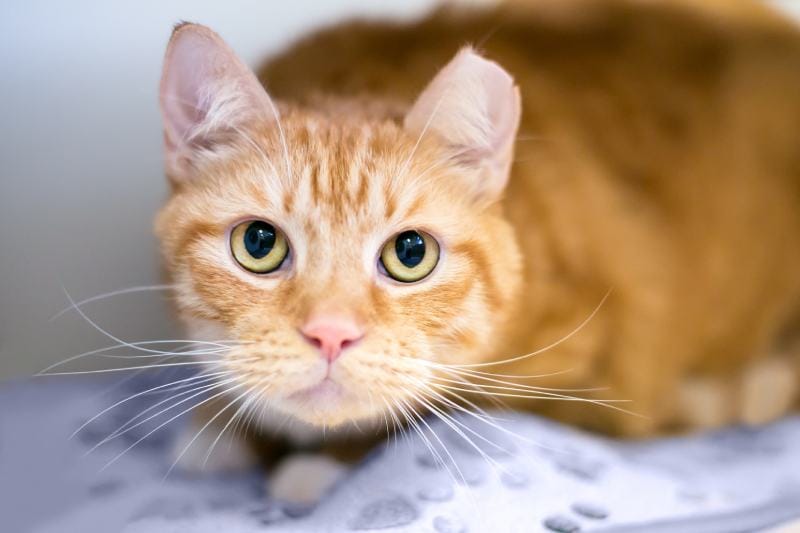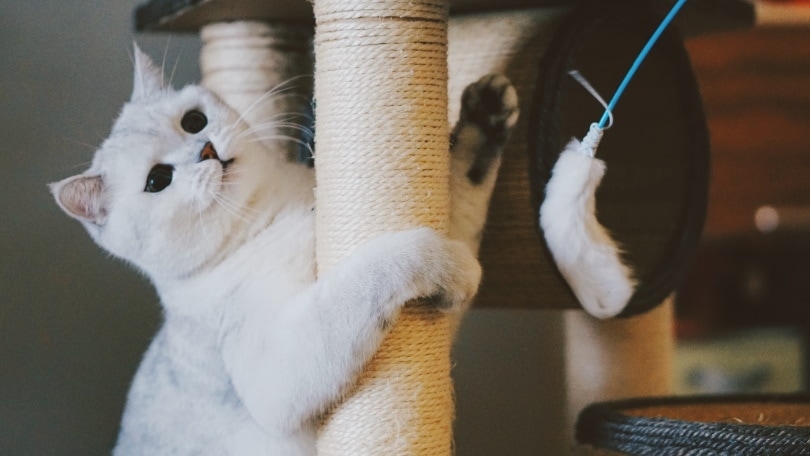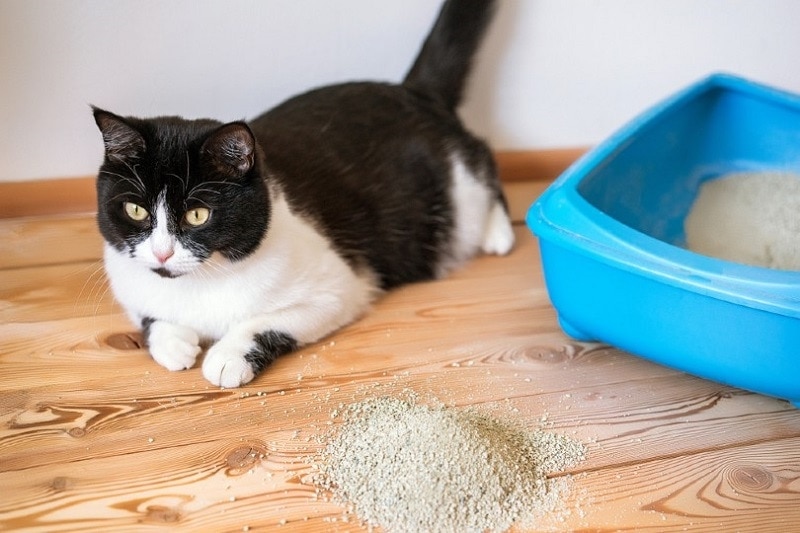What Is Ear Tipping for Cats? Vet-Reviewed Facts & Benefits
Updated on

You’ve likely heard of the term “ear tipping” for cats, but what does it mean exactly? And most importantly, is it safe?
Ear tipping is when the tip of a stray cat’s ear is removed. This practice signals to veterinarians and local trappers that a cat has already been neutered or spayed and there’s no need to bring the cat to the vet for a repeat procedure.
If this doesn’t make much sense, you’re not alone. Let’s dig into the practice a little deeper.
Why Are Stray Cats’ Ears Tipped?
Ear tipping is part of cat care communities’ Trap, Neuter, Return (TNR) program. This is when good Samaritans trap stray cats, take them to veterinary hospitals, have them desexed, then release them back onto the streets.
The goal is to minimize the number of stray or feral cats prowling around neighborhoods. As you can imagine, this is tough to do when you can’t tell if a cat has already been fixed. That’s where ear tipping comes into play.
Veterinarians will remove the top ⅜ inches of one of the ears as a universal signal that the cat is fixed. A good Samaritan can see from afar that the cat’s ear is tipped, so trapping the cat is a waste of time.
Ear tipping also shows shelters that the cat has already been fixed, so hopefully, the cat could have a better chance at adoption instead of being euthanized.

Ear Tipping vs. Ear Cropping
Ear tipping and cropping have similar practices, but they are not the same.
For starters, ear cropping is usually performed on dogs. It’s when parts of the ears are surgically removed, then wrapped for weeks after so the ears form into a specific shape. A few check-up appointments with a veterinarian are always necessary.
On the other hand, veterinarians tip a cat’s ears when the cat is already under anesthesia for a neuter or spay procedure. Once the cat’s ear is tipped, pressure is applied to the area to stop the bleeding, but that’s it. The ear remains the same shape and doesn’t need aftercare.
Is Ear Tipping Necessary?
While some might think that ear tipping is somehow cruel, in reality, this practice is quite useful because it helps veterinarians clearly identify what cats need to be desexed. This practice is helpful in the efforts being done to reduce feral cat populations. Being able to clearly identify desexed cats helps avoid wasting resources trapping cats that have already been desexed.

What Veterinarians Say About Ear Tipping
Worldwide veterinarians vote yes for ear tipping for strays because it’s supposed to be painless when done under anesthesia. Ear tipping is unlike ear cropping because it requires no aftercare.
There are also no legalities behind ear tipping. Stray cats also don’t have medical records like domesticated cats, so a shelter could identify a tipped ear and know the cat has been fixed. However, that’s if the shelters, trapper, or anyone involved understands what a tipped ear signifies.
Conclusion
No matter what, we all want the same thing for a homeless cat: a happy, healthy life that doesn’t fuel a cat colony. Ear tipping is the best way to differentiate cats that have already been desexed from those still needing the procedure. It helps avoid wasting limited resources and stressing a cat twice. As long as we remember that we’re on the same team, we can keep improving and saving animal lives.
Featured Image Credit: Mary Swift, Shutterstock











